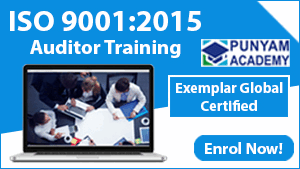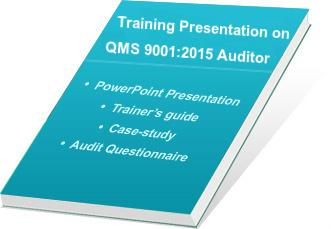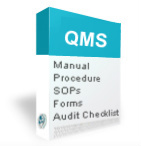
ISO 9001 is the global standard for making a Quality Management system (QMS), published by ISO. The most recently updated version is 2015, and it is referred to as ISO 9001. to be released and updated, ISO 9001 had to be agreed upon by most member countries so that it would become an internationally recognized standard, which means it is accepted by most across the globe. Obtaining ISO 9001 certification can be difficult; however, there are some common barriers that most organizations face when preparing for ISO 9001 certification.
The case for ISO certification is not persuasive
This might be because existing customers do not require or demand ISO certification. It is possible that some existing customers are now requesting ISO certification from their suppliers, but are not putting pressure on them to do so. Some of these customers may conduct audits to manage risks and develop their suppliers’ quality systems without requiring ISO 9001 certification. When a customer requests ISO certification, there is a risk to the long-term relationship. For some businesses, the perceived risk may not be compelling enough to make the case for ISO certification.
Resistance to change due to fear and misperceptions of ISO
Some other issue is that management and the organization may be resistant to change. Learn about management’s concerns and perceptions of ISO 9001 like Do they think the organization is too small for ISO certification, the fear of excessive documentation, also losing flexibility and innovation, they feel that ISO 9001 does not benefit the business, or distracts the company from its core business activities, as well as the fear that ISO 9001 “operates” the business, not management and the lack of an understanding the ISO 9001’s resolution and benefits?
Inadequate team support or management sponsorship
A business owner may delegate and assign ISO 9001 certification to the quality manager with the expectation that they will complete the task on their own. Or they do not want to deal with the QMS and do not understand why an auditor would want to speak with top management. It would be advantageous to have an executive overview and awareness of the ISO 9001 elements that affect the leadership team and the ISO expectations – setting the strategic direction, company objectives and quality policy, communicating expectations, and so on. It may be beneficial to show the results of a gap analysis to the management team to see where they already comply with ISO and where gaps exist.
Additional costs and resources perceived to be required to implement and maintain ISO
Sometimes there is not enough money to implement ISO 9001. It is intended that you will complete it using existing resources, to become ISO, IATF, or AS certified. Also, there is an extensive fear that additional resources will be required to control of ISO 9001 documents, or more quality resources to manage and sustain the QMS.
Poor project management or change management
Larger organizations can understand the importance of project management. Also, some organizations have program or project managers to help coordinate the planning, management, and execution of multiple tasks across departments to achieve the company’s objectives. At that, there are chances of miscommunication. Smaller companies should have clear action items, with responsibilities assigned, due dates, and a simple action item list for tracking as well as monitoring progress. When tasks begin to fall, notify management so that resources can be reallocated or conflicting priorities can be reconfigured.
Unrealistic expectations
Management recognizes certification in an irrationally short time. Also, the organization thinks that the certification process can be easy and smooth.



